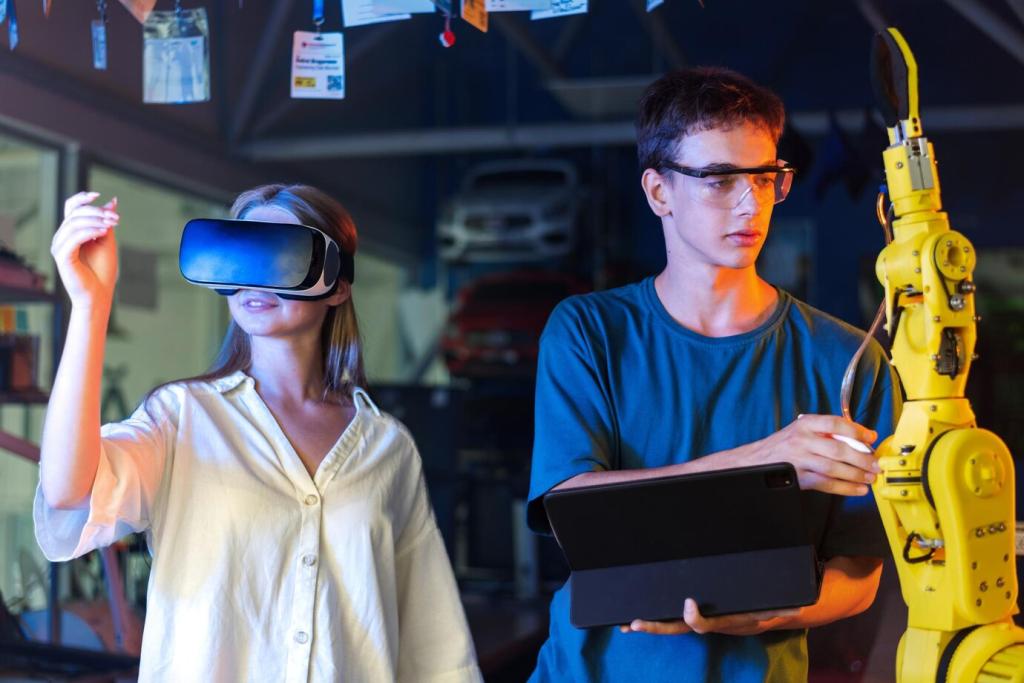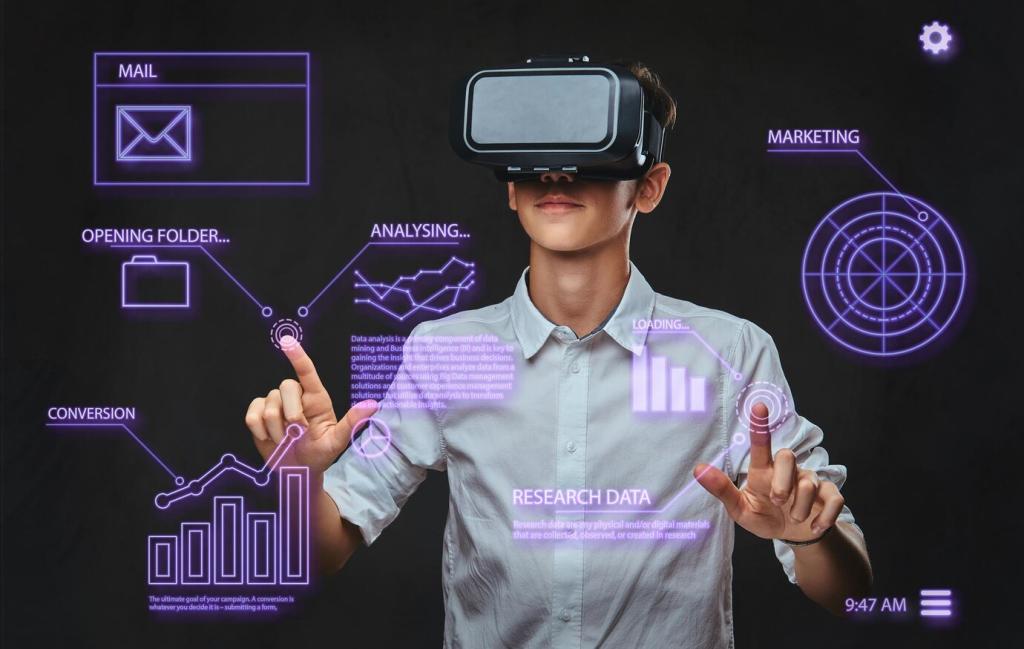The Role of AI in Next-Gen Smart Home Devices
Artificial Intelligence is fundamentally reshaping the possibilities of smart home technology. By enabling devices to integrate, learn, and respond, AI allows homes to become more than just interconnected—they become intuitively responsive and proactively helpful. This transformation is ushering in a new era of comfort, efficiency, and security for homeowners, redefining the way people interact with their living spaces. The adoption and ongoing evolution of AI-powered systems ensure that homes are increasingly adapted to individual lifestyles and preferences, contributing significantly to daily convenience and advanced automation.
AI-Powered Automation and Personalization
Context-Aware Automation Systems
Context-aware automation represents a leap beyond traditional timers or rule-triggered routines. By leveraging AI’s ability to analyze routes, weather data, occupancy, and even mood via sensors and user interactions, smart homes now tailor climate control, lighting, and media environments dynamically. This contextual understanding leads to a daily experience that requires less manual intervention, streamlining routines in subtle ways that are both helpful and unobtrusive. As these systems grow smarter, they reduce cognitive load by anticipating needs, such as warming the house before arrival or dimming lights according to circadian rhythms, enhancing comfort and energy use intuitively.


Adaptive Learning and User Profiles
AI technology is enabling devices to build detailed user profiles by continuously learning from preferences and behavior patterns. This knowledge allows devices to fine-tune functionality, suggest optimizations, and deliver personalized experiences to each member of the household. For instance, a smart speaker might adjust its music playlist based on individual tastes or a security system could recognize family members and differentiate between usual and unusual activities. The result is a home environment that feels increasingly attuned to the individual, with AI constantly learning and adapting for even deeper personalization over time.
Today’s AI-driven security systems go far beyond simply recording events or sounding alarms. Equipped with machine learning algorithms, cameras and sensors distinguish between routine movements, pets, and potential intruders. These systems can flag unusual behavior, such as lingering strangers or forced entries, immediately alerting homeowners or authorities. They continue to grow smarter over time by learning from new scenarios, which dramatically reduces false alarms and provides more accurate, actionable incident detection.

Predictive Energy Management
AI-powered smart homes use data from sensors, appliances, and external sources to predict energy needs and regulate usage in real time. Advanced algorithms can shift major energy-consuming tasks to off-peak hours, minimize waste, and adjust to both user behavior and utility pricing. By analyzing patterns, these systems ensure efficient energy consumption without requiring homeowners to micromanage their habits, responding automatically to scenarios such as changing weather or unexpected absences.
Smart Appliance Coordination
Contemporary smart appliances leverage AI to synchronize operations for maximum efficiency. Washing machines, ovens, HVAC systems, and more operate not as standalone machines but as parts of an integrated network. This coordination allows, for example, dishwashers to start cycles when solar panels generate excess power or for the HVAC system to cool the house just before occupants return. AI ensures every device contributes to the overall energy strategy, maximizing both comfort and cost savings.
Dynamic Environmental Adaptation
A hallmark of AI in smart homes is the ability to adapt indoor conditions dynamically. Sensors detect occupancy, temperature, humidity, and even air quality, enabling the AI to fine-tune heating, cooling, and ventilation in real time. Residents enjoy optimal comfort with minimal energy expenditure. Over time, the system learns the household’s routines, adjusting proactively rather than reactively, and dramatically improving long-term efficiency and environmental impact.
